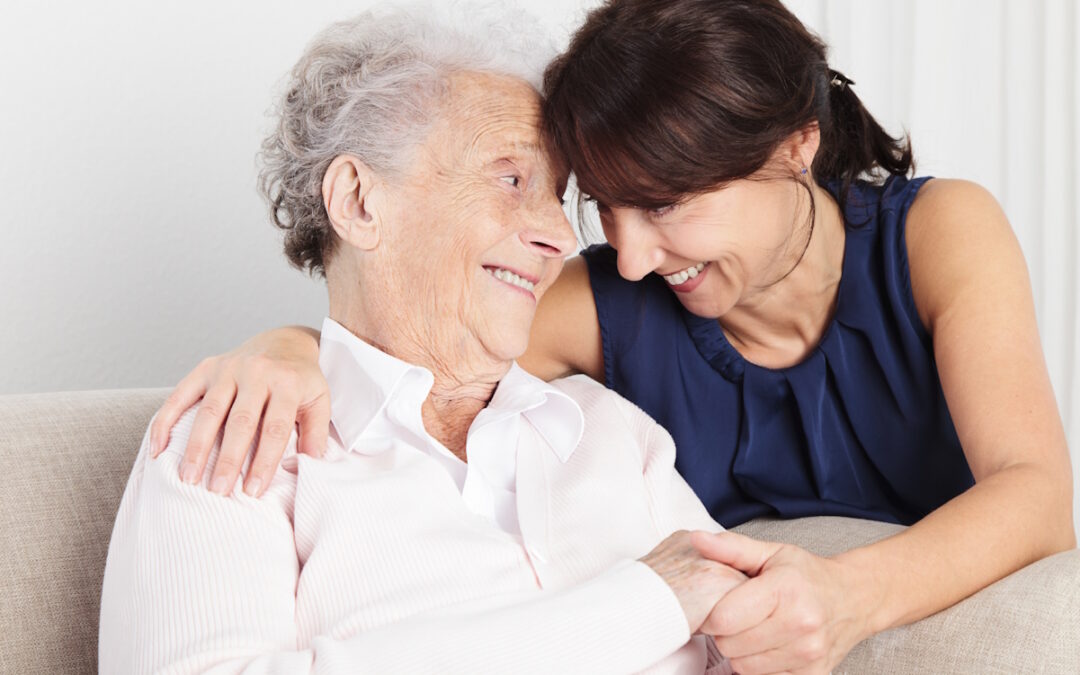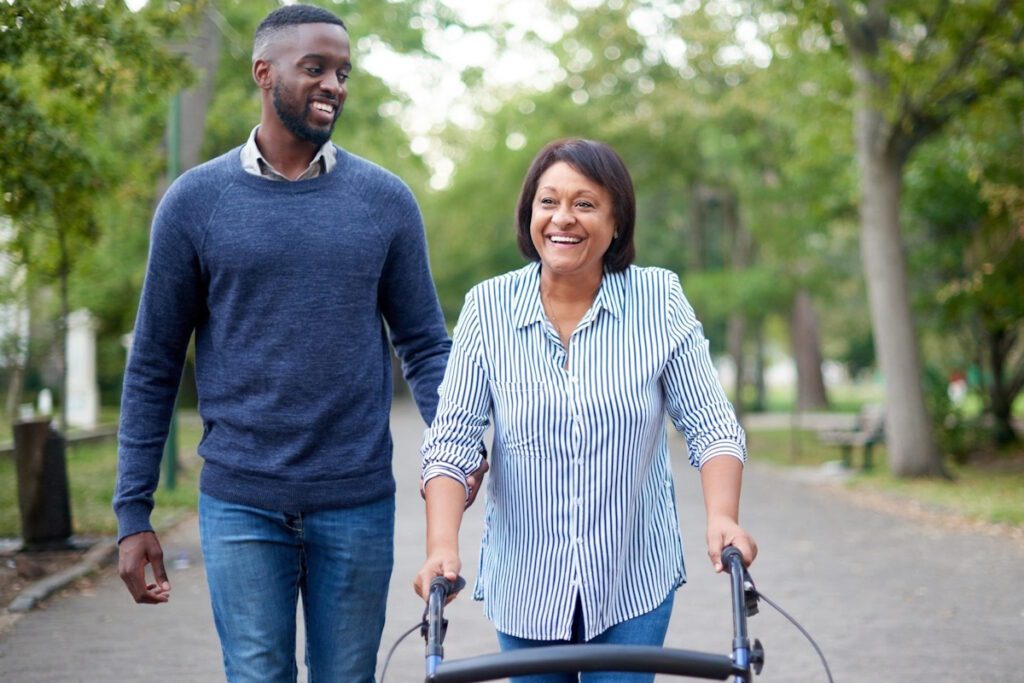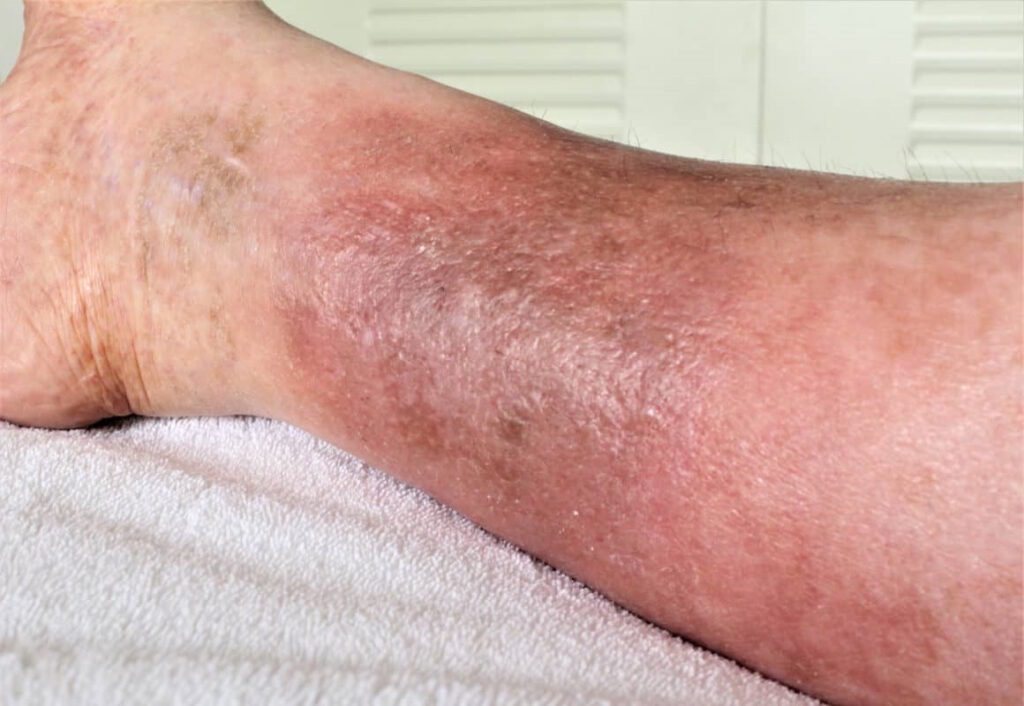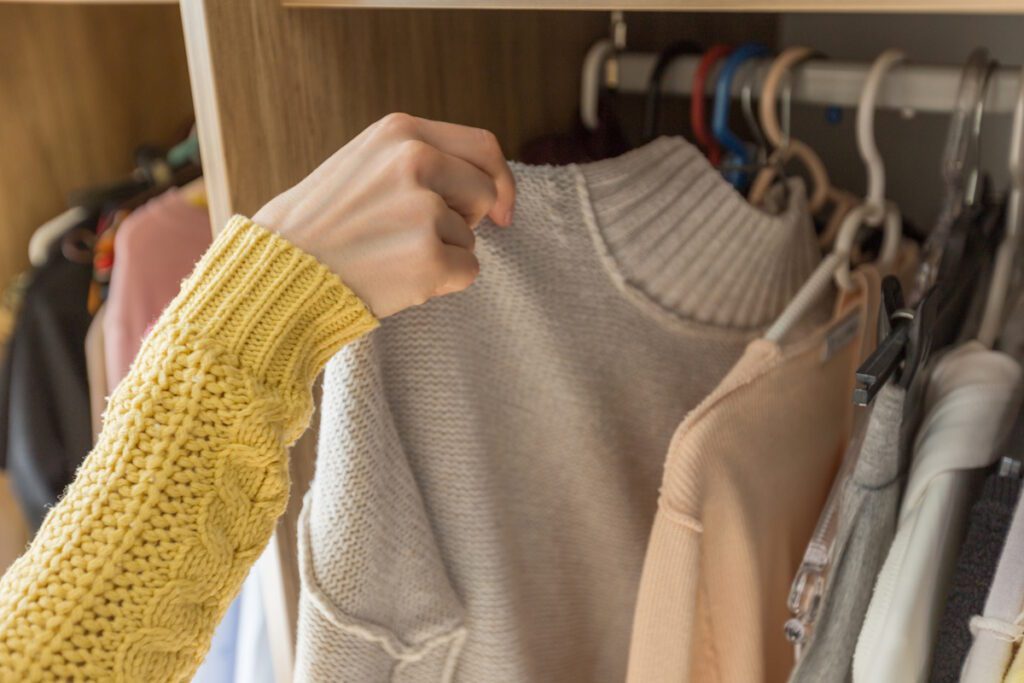Caregiver Tips for Family with Vein Disease
Author: StrideCare Internal Team

Leslie* has cared for her 74-year-old mother, Francine, for five years. While her role as a caregiver can be stressful at times, Leslie seemingly has everything under control and rarely comes across something she can’t handle or health problems she can’t spot from a mile away. But while helping her mother change clothes recently, she noticed something that had apparently slipped under her radar for quite some time: Francine’s legs were swollen and discolored. Both are telltale symptoms of vein disease, but Leslie didn’t know much about the condition or its many symptoms. And when she asked her mom how long her legs had been like that, she couldn’t say for certain.
Leslie is proof that surprise concerns, symptoms, and other life-threatening conditions can slip by even the most experienced and compassionate caregivers. That includes vein disease, which is an under-discussed topic despite it impacting more than 20 million Americans—especially older people like Francine, who might not know how to recognize or verbalize their symptoms and may go years without saying anything.
With November being National Family Caregivers Month, our team of experts at StrideCare, wants to shed light on the topic of vein disease and provide tips to help caregivers stay in the know.
Vein Disease Is More Common in Older Adults

5 Ways to Recognize Vein Disease in a Family Member
- Complaints of leg pain
Caregivers who have family members with vein disease should pay particular attention to complaints about being in pain. This could be when they walk, climb stairs, or even sit or stand for any length of time. Many older patients with vein disease have legs that feel heavy, numb, weak, or cold. They may experience muscle cramps and a burning or throbbing sensation.
- Hiding their bodies
Something else Leslie didn’t notice immediately was that Francine began requesting long pants and would constantly cover her feet. While this seemed like nothing more than a personal preference, the reality was that Francine may have been hiding a condition out of fear or not to bother anyone.
- Limited activity
We naturally reduce our activity level as we age. However, caregivers should be vigilant if those activity levels drop suddenly or unexpectedly. It’s important to note that the poorer the activity level, the greater the loss of mobility and death at later ages.
- Skin changes
In Leslie’s case above, she noticed Francine’s legs were swollen and had taken on a pale or bluish color. This happens when blood flow and oxygen are inhibited. If left untreated, Francine’s legs could become itchy, flaky, increasingly painful, and if chronically untreated could lead to the onset of gangrene.

- Lost leg hair and decreased toenail growth
Did you know that hair and toenails can’t grow without proper blood circulation? If you’re a caregiver and noticed these skin changes in your loved one, this is a sign of vein disease you should seek help.
- Wounds that won’t heal
Vein disease weakens the skin and leads to painful sores that don’t heal. These sores affect 6.5 million patients annually and are caused by poor circulation, diabetes, immobility, etc.
How Can I Help My Loved One Avoid Vein Disease?
Vein disease does not cure itself, and there’s no way to prevent it completely. But it’s important for caregivers to recognize vein disease as quickly as possible and begin introducing healthier lifestyle habits into their loved one’s life.
A few additional tips you can do right now include:
- Get them on a light exercise routine.
- Cook healthier meals at home.
- Limit drinking and smoking.
- Help them elevate their legs.
- Start using doctor-prescribed compression socks.
- Keep their skin moisturized.
- Ensure they are always wearing comfortable clothes.

StrideCare Is Here for Caregivers
At StrideCare, we respect the hard work and sacrifices you put in as a caregiver for a loved one with vein disease. And we’re confident that you know exactly what you are doing every step of the way. But if something like vein disease pops up, and you have questions or concerns, please don’t hesitate to bring your loved one to us. We are here to help, all while providing compassionate patient care.
Patients suffering from a multitude of vascular conditions that include venous insufficiency, varicose veins, spider veins, diabetic vascular disease, venous ulcers, peripheral artery disease, leg discoloration, lymphedema, restless legs syndrome, and more can benefit from our minimally invasive treatments. Procedures take place at in-office or outpatient settings. Most procedures are covered by medical insurance and Medicare.
Prior to starting any new treatment or questions regarding a medical condition, always seek the advice of your doctor or other qualified health provider. This information is not a substitute for professional medical advice.
StrideCare serves the South Texas area including Houston, San Antonio, Austin, Round Rock, Bastrop, Brushy Creek, Cedar Park, Converse, Georgetown, Hutto, Kyle, Leander, Marble Falls, New Braunfels, Pasadena, Pearland, Pflugerville, San Marcos, Schertz, Houston, Sugar Land, Katy, Webster, Bay City, Clear Lake, Lake Jackson, The Woodlands, Universal City, Spring, Kingwood, Stafford, Conroe, Texas City, Cypress, League City, Bellaire, and more.
*Patient stories are true. Names and/or photos may be changed to protect patient confidentiality.


